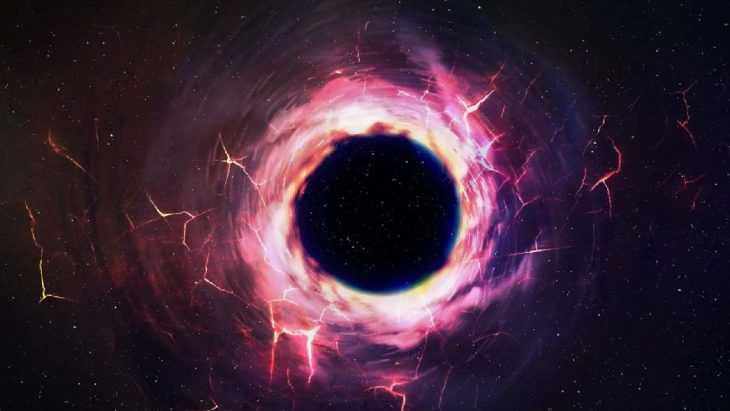Nasa’s sonification posts often leave space enthusiasts amazed and in yet another attempt by the space agency, the ‘light echoes’ from the black hole were converted into sound on Friday. A video was shared by Nasa in which they employed a sonification technique that converted the light echoes around the black hole into sound waves. The black hole in the video V404 Cygni is 7,800 light years away from Earth, the agency said.
Describing about the location of the black hole depicted in the video, Nasa explained, “A new sonification turns these ‘light echoes’ from the black hole called V404 Cygni into sound. Located about 7,800 light-years from Earth, V404 Cygni is a system that contains a black hole, with a mass between five and 10 times the Sun’s, that is pulling material from a companion star in orbit around it. The material is funneled into a disk that encircles the stellar-mass black hole.”
Taking to its official Instagram handle, Nasa wrote, “Black holes are notorious for not letting light (such as radio, visible and X-rays) escape from them. However, surrounding material can produce intense bursts of electromagnetic radiation. As they travel outward, these busts of light can bounce off clouds of gas and dust in space, like how light beams from car’s headlight will scatter off of fog.” (sic)
In the video shared by the space agency, one can see the red circular bands being surrounded by a starry background and blue bands highlight the inner and lower portions of the black hole system.
“Circular bands of red are surrounded by a starry background. Blue bands highlight the inner and lower portions of the black hole system. During the sonification, the cursor moves outward from the center of the image in a circle. As it passes through the light echoes detected in X-rays (seen as concentric rings in blue by Chandra and red by Swift in the image), there are tick-like sounds and changes in volume to denote the detection of X-rays and the variations in brightness,” the video description read.
Revealing the telescopes used to collect the data about echoing electromagnetic waves, Nasa wrote, “In addition to the X-rays, the image includes optical data from the Digitized Sky Survey that shows background stars. Each star in optical light triggers a musical note. The volume and pitch of the note are determined by the brightness of the star.”
The video, which was shared hours ago, has accumulated more than 4 million views and the numbers are only quickly increasing.
One of the users wrote, “What a sound” and another one wrote, “Sounds like the waves of the ocean coming up on the sand beautiful the waves of the universe.”
These sonifications were led by the Chandra X-ray Center (CXC) and included as part of NASA’s Universe of Learning (UoL) program. The collaboration was driven by visualization scientist Kimberly Arcand (CXC), astrophysicist Matt Russo, and musician Andrew Santaguida (both of the SYSTEM Sounds project).




